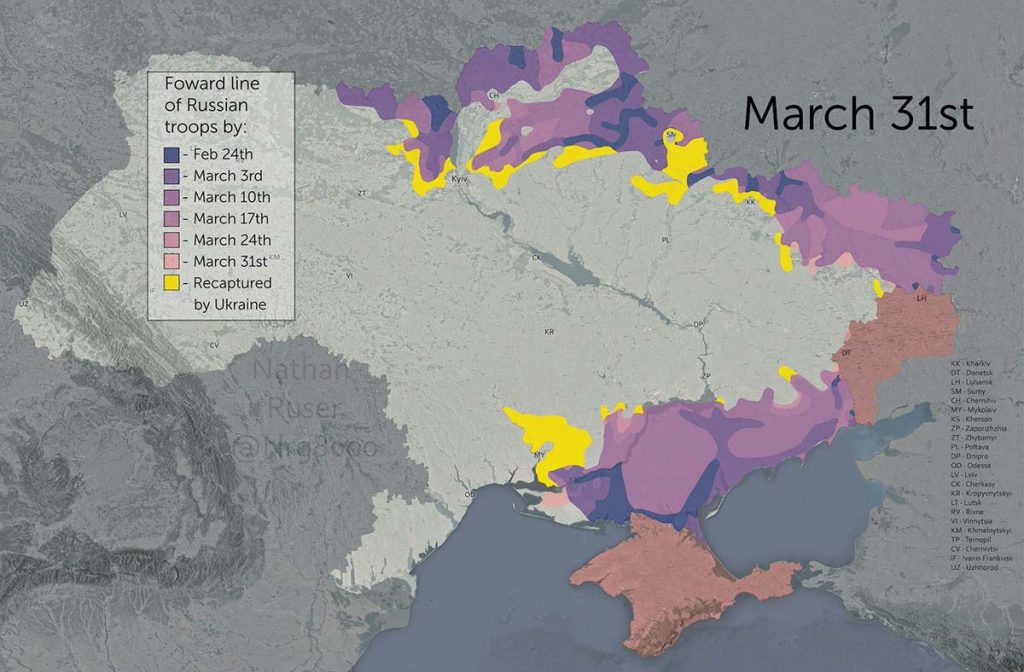CHICAGO – Ukrainian forces have definitively crushed Kremlin dictator Vladimir Putin’s objective of regime change and rapidly taking over the country, including its brain center of Kyiv, as Russia’s renewed invasion of the country enters a second stage that purportedly is focusing now on seizing the remainder of the Donbas. As the unprovoked war enters...

